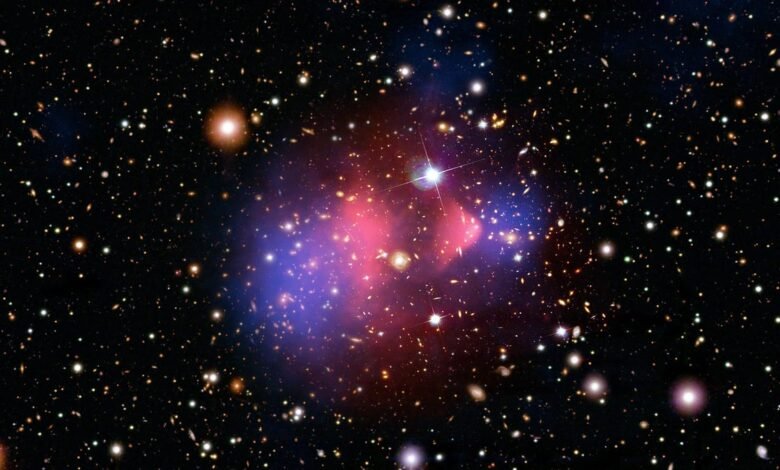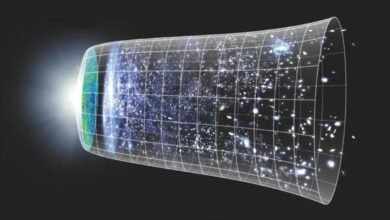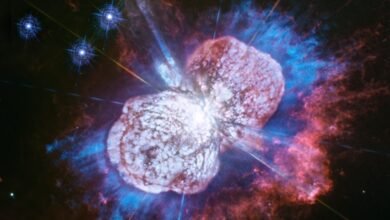Flagship NASA space telescope faces a penny-pinching death | by Ethan Siegel | Starts With A Bang! | Mar, 2024

NASA’s only flagship X-ray telescope ever, Chandra, still works and has no planned successor. So why does the President want to kill it?
On March 11, 2024, the Biden-Harris administration released the President’s budget for the 2025 fiscal year. Despite touting itself as supporting space and climate leadership, it instead seeks to do the unthinkable: to completely kill off NASA’s flagship X-ray observatory, Chandra. Launched in 1999, Chandra will celebrate 25 years in space on July 23 of this year: continuing a long string of NASA missions to monumentally surpass its originally planned mission lifetime. Chandra is the highest-resolution, most sensitive X-ray telescope ever launched, and not only continues to deliver high-impact, cutting-edge results, but has enough fuel left to continue functioning for another decade or more.
X-ray astronomers have been hoping for a new, superior telescope for decades to take us beyond the limitations of Chandra, So why would the President of the United States recommend that NASA “sunset” our current flagship X-ray telescope?
- It’s not because there’s a successor mission being planned.
- It’s not because the telescope is failing.
Source link





